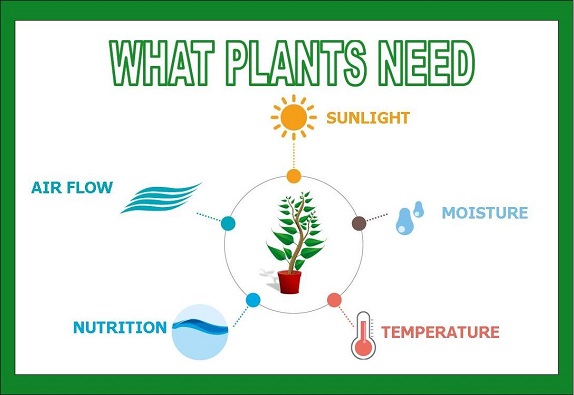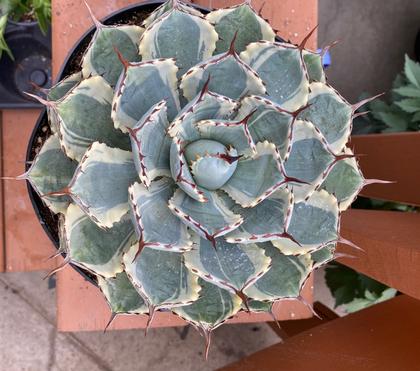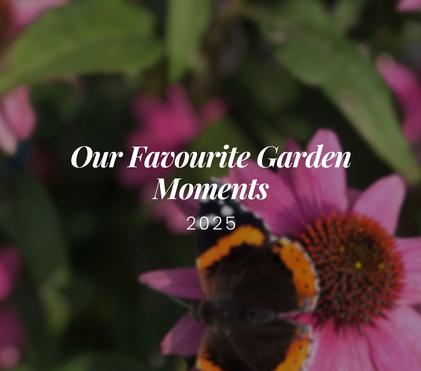What Plants Need
Last year at the end of summer, we picked our first ear of corn that we grew ourselves! Unfortunately, that ear of corn was at most 4 inches long. Failure is part of the deal when gardening, and garden failures happen to even the most experienced of gardeners and beginners alike. You will have resounding successes with some plants, and experience colossal failures with others. Try to remember that gardening is about learning and experimenting as part of the experience. Every failure teaches you how to be successful next time.
Something that really clicked for me, was remembering how my grandmother called her plants her “babies”. At the time, I thought it quite strange, but now, many years later, it’s as if a light bulb went on in my head. I have a new understanding of “hardening off” and a new perspective about a plant’s needs.

Like us, all plants need sunlight, moisture, suitable temperature, nutrition and fresh air flow for healthy growth and optimal development. Also like us, every variety of plant will need different levels of each depending on the natural habitats they have come from. Lucky for us, plants bought in a greenhouse or garden centre, typically come with a plant tag that can tell us everything we need to know to take care of a new plant.
Sunlight
Sunlight is a key energy source for all plants. A plant’s leaves act as “solar panels”, capturing light to help the plant grow. That is why you’ll notice that plants for full sun tend to have small or narrow leaves and may have “sunscreens” such as dark pigments or silver-gray felting (think Dusty Miller) whereas shade loving plants often have broad or large leaves (think Heuchera or Hosta) allowing them to absorb as much light as possible. You may also notice your plant’s leaves changing position depending on their relative orientation to the sun.
How much sun exposure a plant needs is usually represented by an icon of the sun that may be partially or fully shaded. Generally, there are three categories of sun tolerance: full sun, partial sun/shade and full shade.
- Full sun: meaning the plant should get at least 6 to 8 hours of direct sunlight per day.
- Partial sun/shade: meaning the plant should get 4 to 6 hours of direct sunlight per day.
- Full shade: meaning the plant will prefer environments that only receive indirect sunlight or less than 4 hours of direct sunlight per day.
Moisture
Water is vital for plants as it transports important sugars and nutrients through the plant. Different varieties of plants require different amounts of water. With outdoor plants, we cannot control the weather, so we need to make sure the soil has proper drainage. Too much water will affect plant growth just as much as too little.
Water requirements are sometimes shown as raindrop icons or a watering can with an A for average or normal water, M for moist and well-drained, or D for dry and well-drained.
- Average or normal: meaning keep the soil an inch below the surface moist. Allow the top inch of soil to dry out before watering again.
- Moist, well-drained: meaning the soil should always stay moist. Water frequently to prevent the soil from drying out, but you do not want to see water pooling on the surface of the soil.
- Dry, well-drained: meaning that soil should dry completely between watering – even the soil below the top inch.
Temperature
Every plant has specific temperature requirements and it’s important to remember that young plants are especially vulnerable and need protection. Seedlings that have been raised indoors should be gradually introduced to cooler outdoor temperatures (hardening off). Frost-sensitive plants should be wrapped in floating row cover or frost blankets.
The zones listed on the back of a plant tag refer to the Hardiness Zones, which measure the lowest winter temperature a plant can survive. We feel most comfortable using a zone 3 rating, but remember that zone ratings are a guideline for success and not a guarantee.
Nutrition
Plants need three key elements and a range of trace elements for healthy growth. Nitrogen governs the growth of leaves and shoots; phosphorus promotes strong root growth and amount of flowering and size of blossoms; potassium or potash is required for overall health and flowering and fruiting development. Adverse growing conditions, such as under watering or incorrect pH, can inhibit absorption.
For nutritional needs of plants, I find it helpful to simplify them into two basic groups: foundational and productive.
- Foundational plants: trees and shrubs that need to be fed in spring and the late fall. You are helping them “wake up” for growth during the spring and summer, and then you are “putting them to bed” for their dormancy in the winter. For fast, leafy growth, you would want a high Nitrogen product.
- Productive plants: produce flowers or food and need to be fed regularly (weekly) with a high Phosphorus fertilizer.
There are two types of fertilizers available to home gardeners: granular and water soluble. I like to use the controlled release granular fertilizer at time of planting, mixing it well into the soil of the hole I dug. Then I move on to the water soluble fertilizer after a couple of months.
For More Information About The Fertilizer Numbers
Air Flow
Good air circulation is often overlooked, yet it is a necessity for a healthy garden. Providing air flow around your plants is as important as sunlight, moisture, temperature and nutrition. You may think that plants sitting out in the open would get plenty of air, but that's not always the case. Indoor plants can fare even worse.
Stagnant air, like in enclosed gardens with tall hedges or surrounding trees or in a garage or shed where you might store your plants before planting, reduces growth, the likely high humidity causes an increase in disease, they develop weak stems becoming spindly and drawn, and probably etiolated (leggy, yellowish growth) as well.
Keeping your plants well spaced and ensuring there is plenty of room between nearby walls, hedges, tall structures and your plants will provide good air circulation. The plant label will tell you how much distance to put between each plant so they can comfortably grow by listing the plant’s spread or width. The spread is how wide you can expect the plant to grow.
Knowing your plant’s needs gives you the ability to diagnose most problems that can come up. It can be tricky because different problems can cause similar symptoms. The trick is to pinpoint the likely cause by a process of elimination using the plant’s needs as a guideline.

